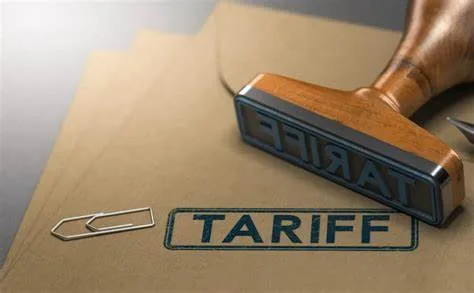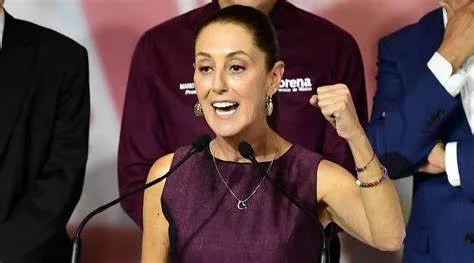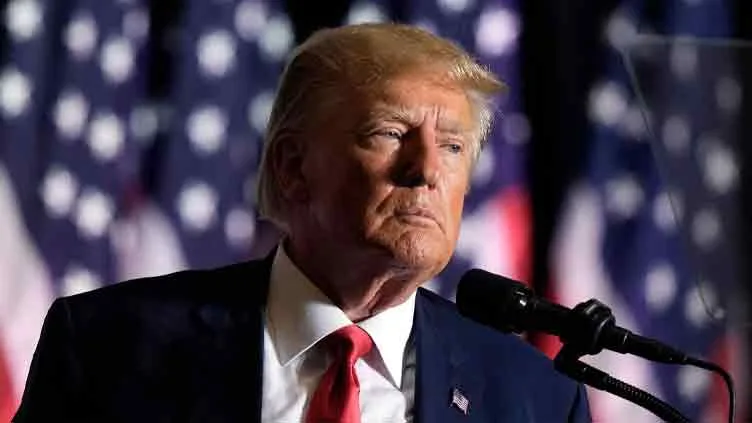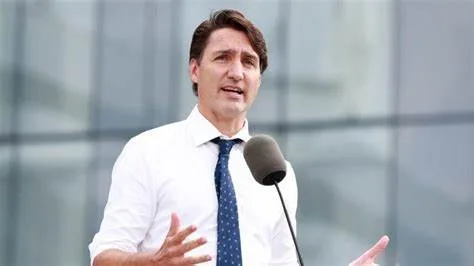US President Donald Trump has agreed to suspend his tariffs’ decision on Mexico and Canada and gives them a chance of time for about 30 days after both countries agreed to take steps to strengthen their border security and prevent seriously on drug trafficking.
The suspension provides a cool-down period after a tumultuous few days that put North America on the cusp of a trade war that could have crushed economic growth, caused prices to soar and ended two of the United States’ most critical partnerships.

Proposed tariffs will be paused for at least 30 days while we work together,” Canadian Prime Minister Justin Trudeau posted Monday afternoon on X, saying that his government would name a fentanyl czar, list Mexican cartels as terrorist groups and launch a “Canada-US Joint Strike Force to combat organised crime, fentanyl and money laundering.”
The White House confirmed the pause to the United States, which followed a similar move with Mexico that allows for a period of negotiations about drug smuggling and illegal immigration.
On Saturday, Trump had directed 25% tariffs on imports from Mexico and Canada, with another 10% tariff on Canadian oil, natural gas and electricity. He also ordered an additional 10% tax on imports from China.

The 10% tariff that Trump ordered on China is still set to go into effect, though Trump planned to talk with Chinese President Xi Jinping in the next few days.

Trump’s signing of tariff orders for the three nations set off alarms among investors, lawmakers, businesses and consumers. The taxes on imports, if sustained, could push up prices and sabotage growth, even as Trump has suggested they are necessary to get other nations to stop illegal immigration, prevent fentanyl smuggling and treat the United States, in his mind, with respect.
But Trump and Mexican President Claudia Sheinbaum announced the monthlong pause on increased tariffs against one another after what Trump described on social media as a “very friendly conversation,” and he said he looked forward to the upcoming talks.
“I look forward to participating in those negotiations, with President Sheinbaum, as we attempt to achieve a ‘deal’ between our two Countries,” the president said on social media.

Trump said the talks would be headed by US Secretary of State Marco Rubio, Secretary of Treasury Scott Bessent, Secretary of Commerce nominee Howard Lutnick and high-level representatives of Mexico.
Sheinbaum said she was reinforcing the border with 10,000 members of her country’s National Guard and that the US government would commit “to work to stop the trafficking of high-powered weapons to Mexico.”
In 2019, when Mexico’s government also avoided tariffs from Trump’s administration, the government announced it would send 15,000 soldiers to its northern border.
But the outlook was different for Canada for much of Monday, but an agreement came together later in the day.
A senior Canadian official said Canada was not confident it could avoid the looming tariffs as Mexico did because Canada feels as if the Trump administration is shifting its requests of Canada more than it did for Mexico.

Asked on Monday afternoon what Canada could offer in talks to prevent tariffs, Trump told reporters gathered in the Oval Office: “I don’t know.”
The US president also indicated that more import taxes could be coming against China: “If we can’t make a deal with China, then the tariffs will be very, very substantial.”
White House press secretary Karoline Leavitt told reporters that Trump would speak with Chinese President Xi Jinping in the next couple of days and that the White House would provide a report on the discussion.
Trump has continued to antagonise Canada in recent weeks. He used a Monday social media post to repeat his complaints that Canada has been uncooperative, despite decades of friendship and partnerships that range from World War II to the response to the 9/11 terrorist attacks.
“Canada doesn’t even allow US Banks to open or do business there,” Trump posted. “What’s that all about? Many such things, but it’s also a DRUG WAR, and hundreds of thousands of people have died in the US from drugs pouring through the Borders of Mexico and Canada.”
